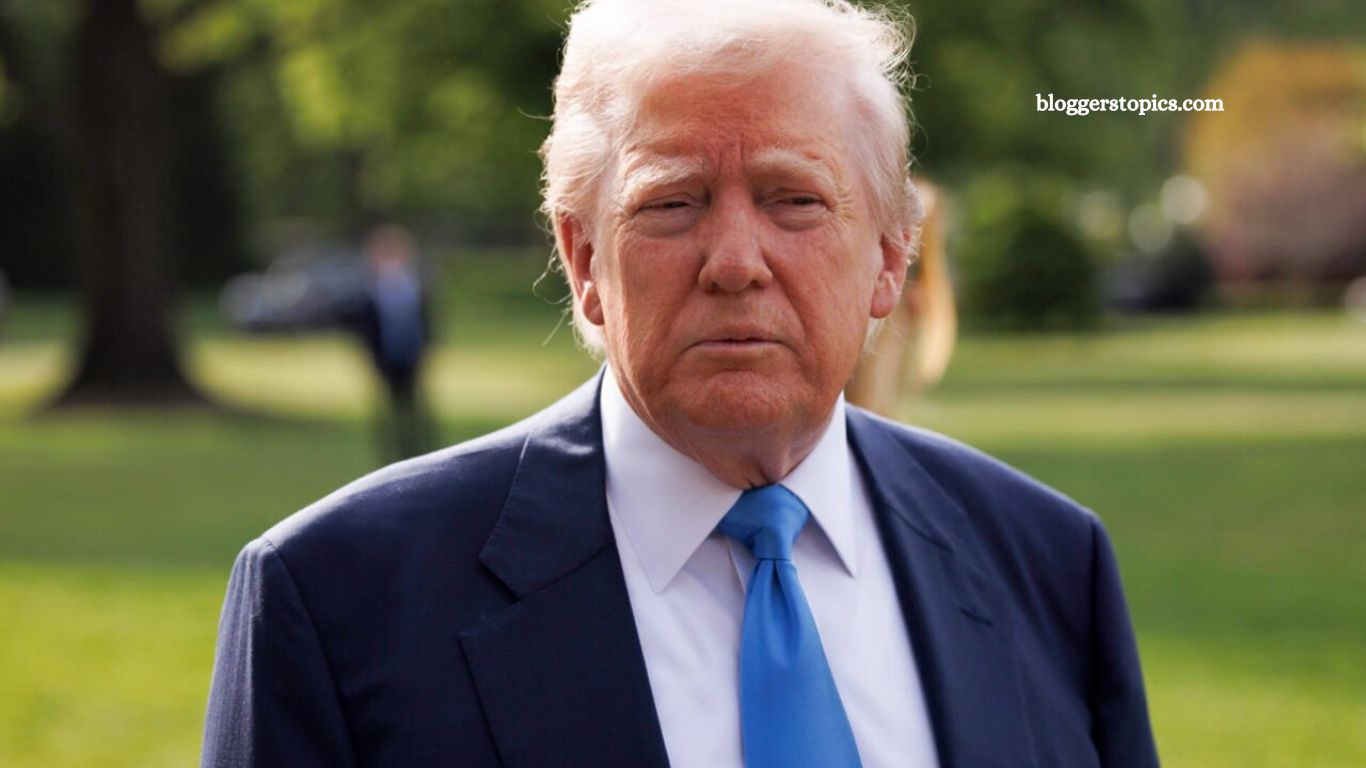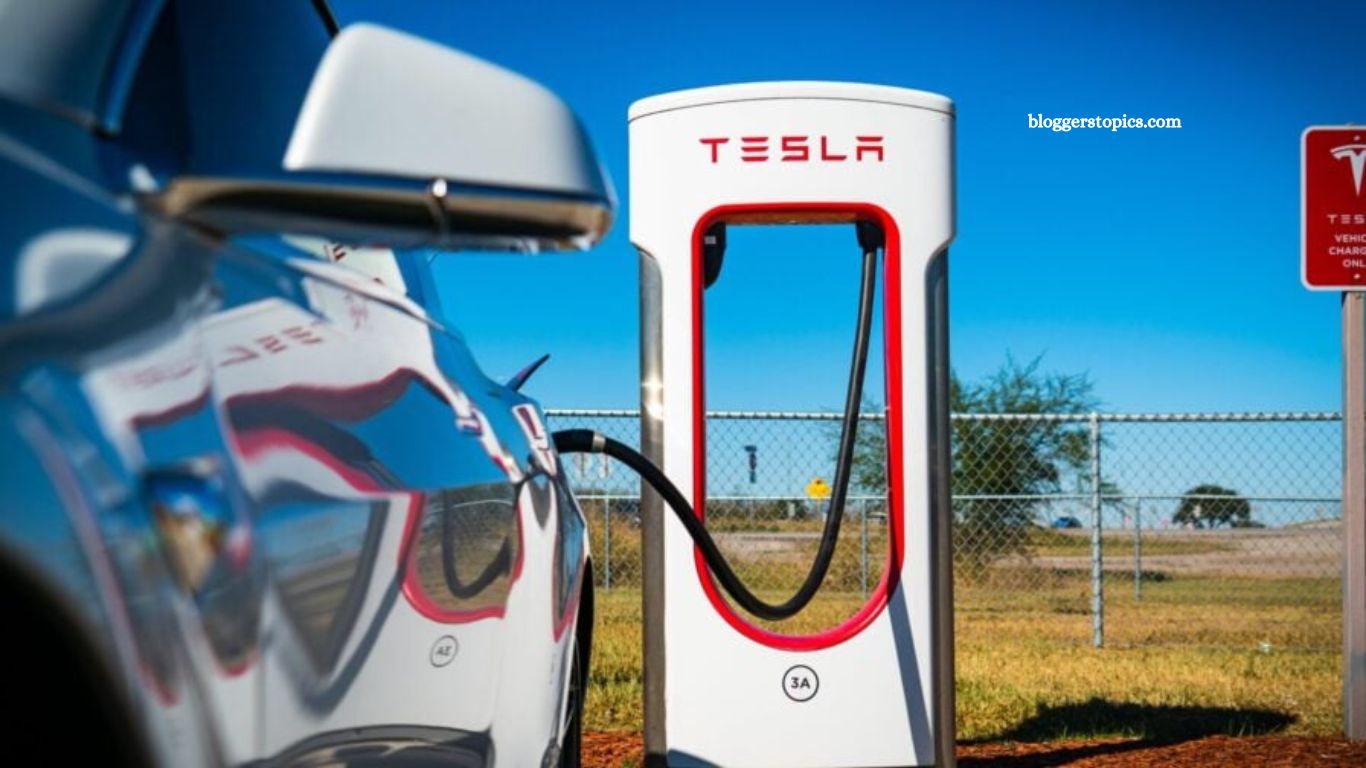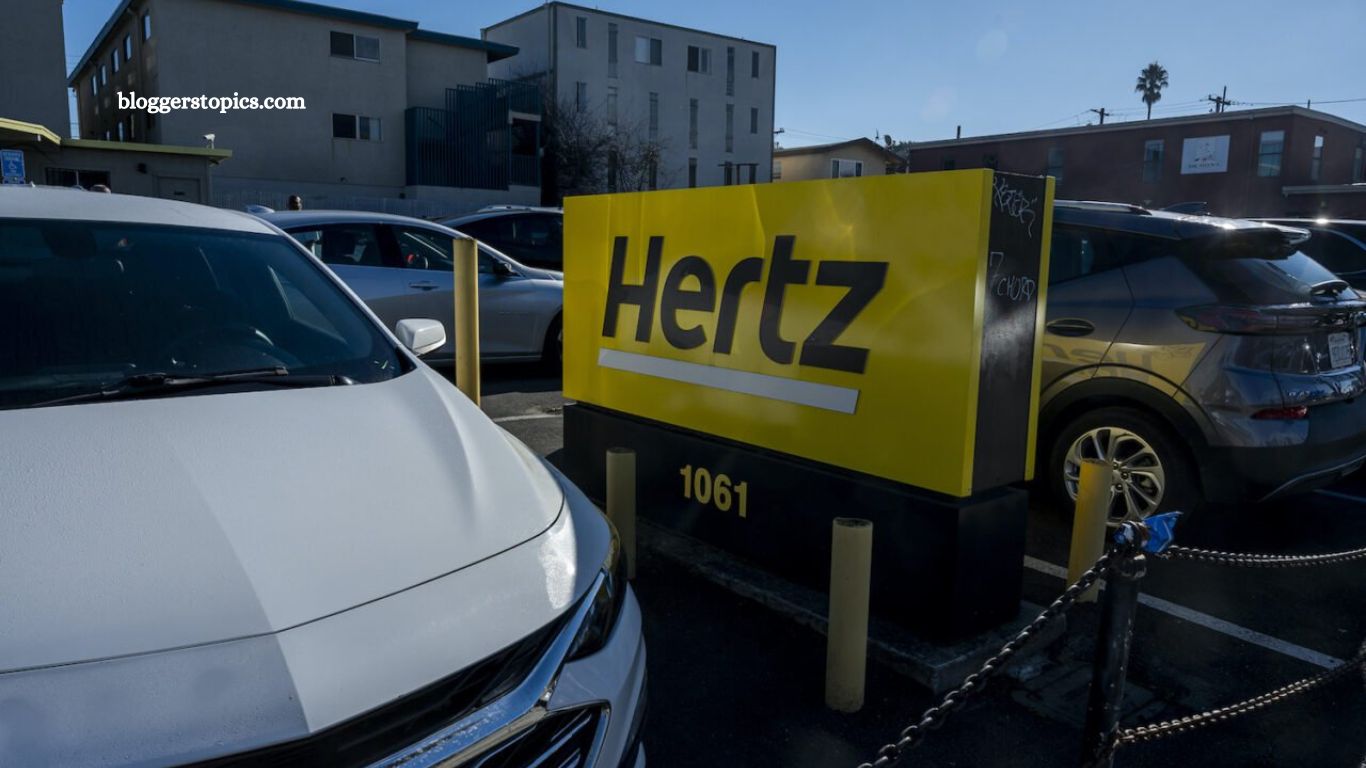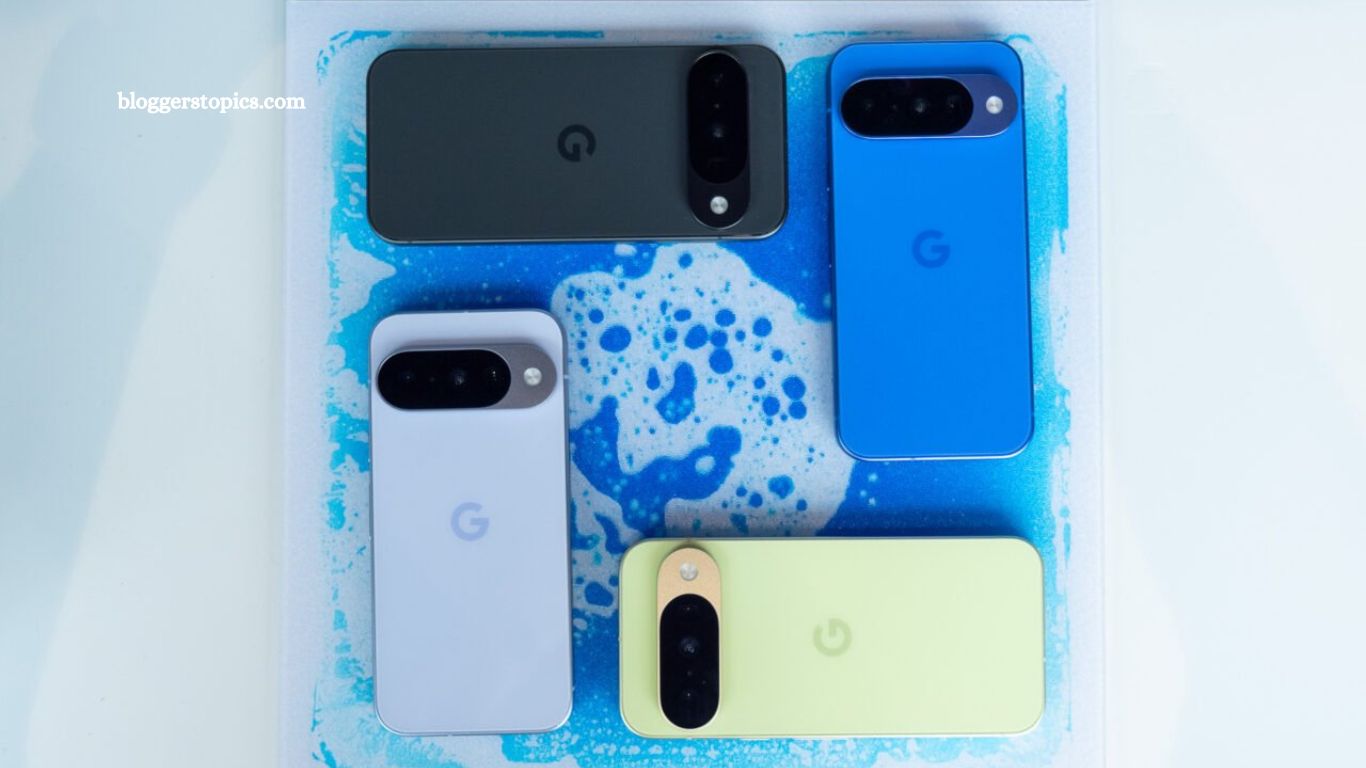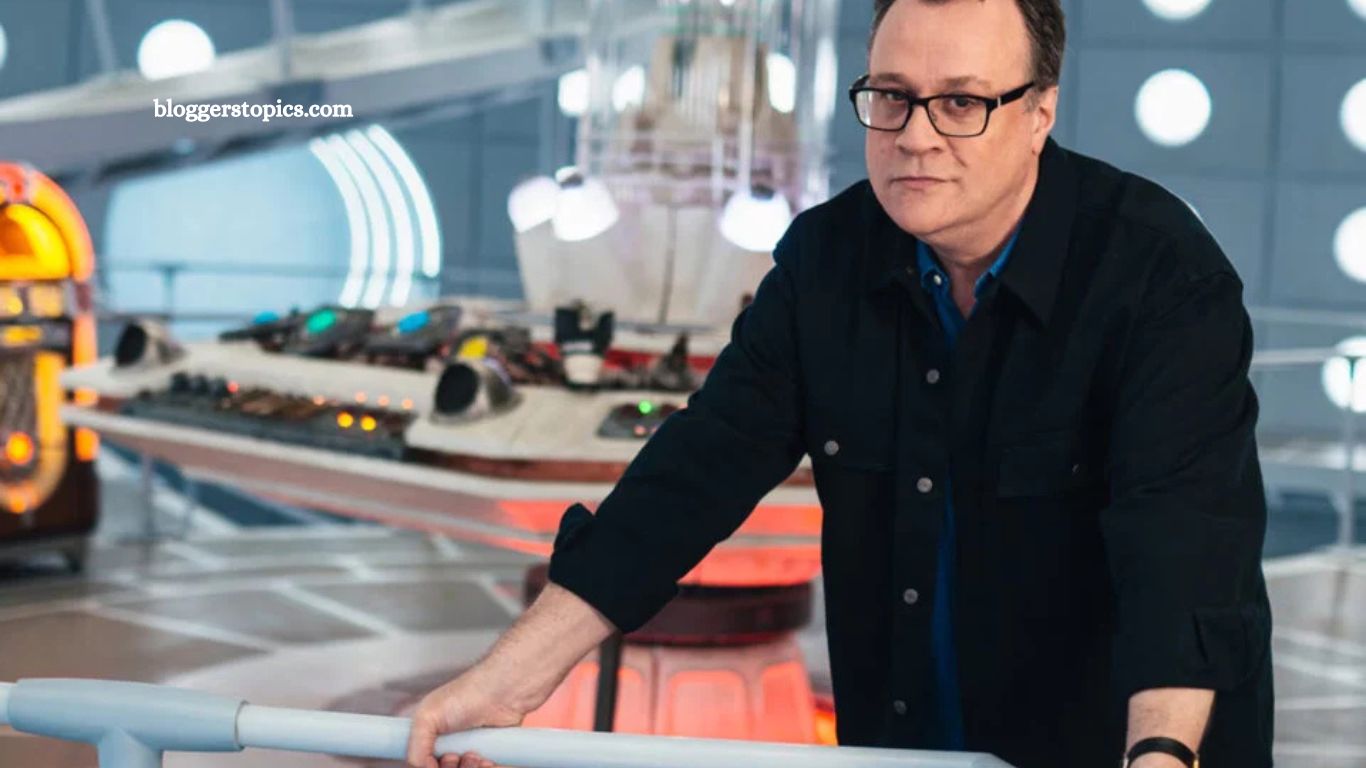Labor Day has traditionally been a time to celebrate the achievements and contributions of the American workforce. This year, however, the Trump administration’s Department of Labor sparked controversy with its official blog post intended to honor American workers. Instead of showcasing a real laborer, the department used an AI-generated image to symbolize the “American worker,” raising questions about authenticity, symbolism, and the administration’s priorities.
Read More: Wyoming Introduces the Nation’s First State-Issued Stablecoin
The Labor Day Message
The Department of Labor’s post sought to honor the American workforce and highlight their role in shaping the nation’s success. The statement read:
“On Labor Day, we pause to recognize the achievements, contributions, and sacrifices of the hardworking men and women who have carried on the American Dream for future generations.”
At face value, the message carried a familiar patriotic tone. It was meant to recognize the contributions of countless workers across industries. However, the image used alongside this message told a very different story.
The Controversial Image
When the post was published, it featured what appeared to be a photograph of a welder at work. The picture showed sparks flying, suggesting an idealized vision of blue-collar labor. But upon closer inspection, The Daily Beast discovered that the image was not authentic. Instead, it was an AI-generated stock picture sourced from Adobe, titled “American Welder at Work Sparks Fly Patriotism Metal Fabrication Industry.”
The revelation undermined the blog post’s intention. Instead of celebrating the real workers who keep the American economy functioning, the administration appeared to have relied on an artificially created representation.
Quick Change by the Labor Department
Shortly after the controversy gained attention, the Department of Labor updated its blog post. The AI-generated welder was replaced with an image of a real person performing actual work. However, the original version remains archived and accessible through the Wayback Machine, serving as evidence of the initial misstep.
This change raised further questions: why was an AI-generated image used in the first place? Was it an oversight, or a deliberate attempt to blend technological imagery with worker symbolism? Either way, the move has sparked criticism of the Trump administration’s sincerity in supporting American labor.
Symbolism and Irony
The use of an AI-generated worker for a Labor Day post is especially ironic given ongoing debates about artificial intelligence and automation. While the Trump administration has repeatedly claimed to prioritize American jobs and protect blue-collar workers, it also maintains strong ties to the AI industry—an industry largely focused on automation, which threatens to replace rather than employ millions of workers.
Critics argue that using a fake worker as the face of Labor Day celebrations reflects broader contradictions in Trump’s labor policies. On one hand, his rhetoric promises to defend the American workforce. On the other hand, his administration supports industries and policies that could ultimately reduce employment opportunities for the very people he claims to champion.
Blue-Collar Promises vs. Reality
Donald Trump has consistently positioned himself as a defender of America’s working class, often praising the “backbone of America” and pledging to put their interests first. He has promised a so-called “Golden Age” that puts American workers at the forefront of national prosperity.
Yet, reality paints a different picture. The current economy faces ongoing challenges, with many workers still struggling with job insecurity, inflation, and stagnant wages. Critics argue that Trump’s policies often benefit corporations and industries more than individual workers. In this light, the AI-generated welder becomes a metaphor for what some see as illusory progress—symbolic gestures that fail to translate into meaningful improvements for workers’ lives.
Reactions and Backlash
The revelation about the AI-generated worker has fueled criticism from media outlets, labor advocates, and political commentators. Many see it as a sign of detachment from the realities of the American workforce. For a holiday meant to honor labor, the use of a computer-generated stand-in feels tone-deaf at best and insulting at worst.
Gizmodo reached out to the Department of Labor for comment on the controversy. At the time of writing, no official response has been provided.
The Bigger Picture: AI and the Future of Work
Beyond the optics of a single blog post, this incident raises important questions about the relationship between government, technology, and labor. AI and automation are poised to reshape the workforce dramatically, threatening millions of jobs in industries ranging from manufacturing to logistics.
Critics argue that by using an AI-generated image to represent the American worker, the Trump administration inadvertently highlighted this looming tension. While AI has the potential to increase efficiency and profitability for companies, it also poses risks to job security. For workers, the image served as an uncomfortable reminder of the uncertain future ahead.
Frequently Asked Questions
What was controversial about the Trump administration’s Labor Day post?
The Department of Labor used an AI-generated image of a worker instead of a real photograph, sparking criticism about authenticity and respect for American workers.
Where did the AI-generated image come from?
The image was sourced from Adobe Stock and was titled “American Welder at Work Sparks Fly Patriotism Metal Fabrication Industry.”
Did the Department of Labor replace the AI image?
Yes, after the issue was highlighted, the AI image was replaced with a picture of a real worker. However, the original remains archived online.
Why is this seen as ironic?
Because the Trump administration claims to support American workers while simultaneously promoting industries, like AI, that are associated with job automation and potential worker displacement.
How does this incident connect to Trump’s broader labor policies?
Critics argue that the AI-generated image symbolizes the disconnect between Trump’s promises to support blue-collar workers and policies that often benefit corporations over employees.
What larger issue does this highlight?
It highlights the tension between technological advancement, particularly AI, and the future of work, as automation increasingly threatens traditional labor opportunities.
Conclusion
The controversy surrounding the Trump administration’s Labor Day post is about more than just a picture. It reflects the broader contradictions in the administration’s approach to labor championing workers in rhetoric while embracing policies and industries that may undermine their livelihoods.As Labor Day approaches, the incident serves as a reminder of the importance of authenticity and respect when honoring America’s workforce. Real workers deserve recognition—not computer-generated stand-ins.

